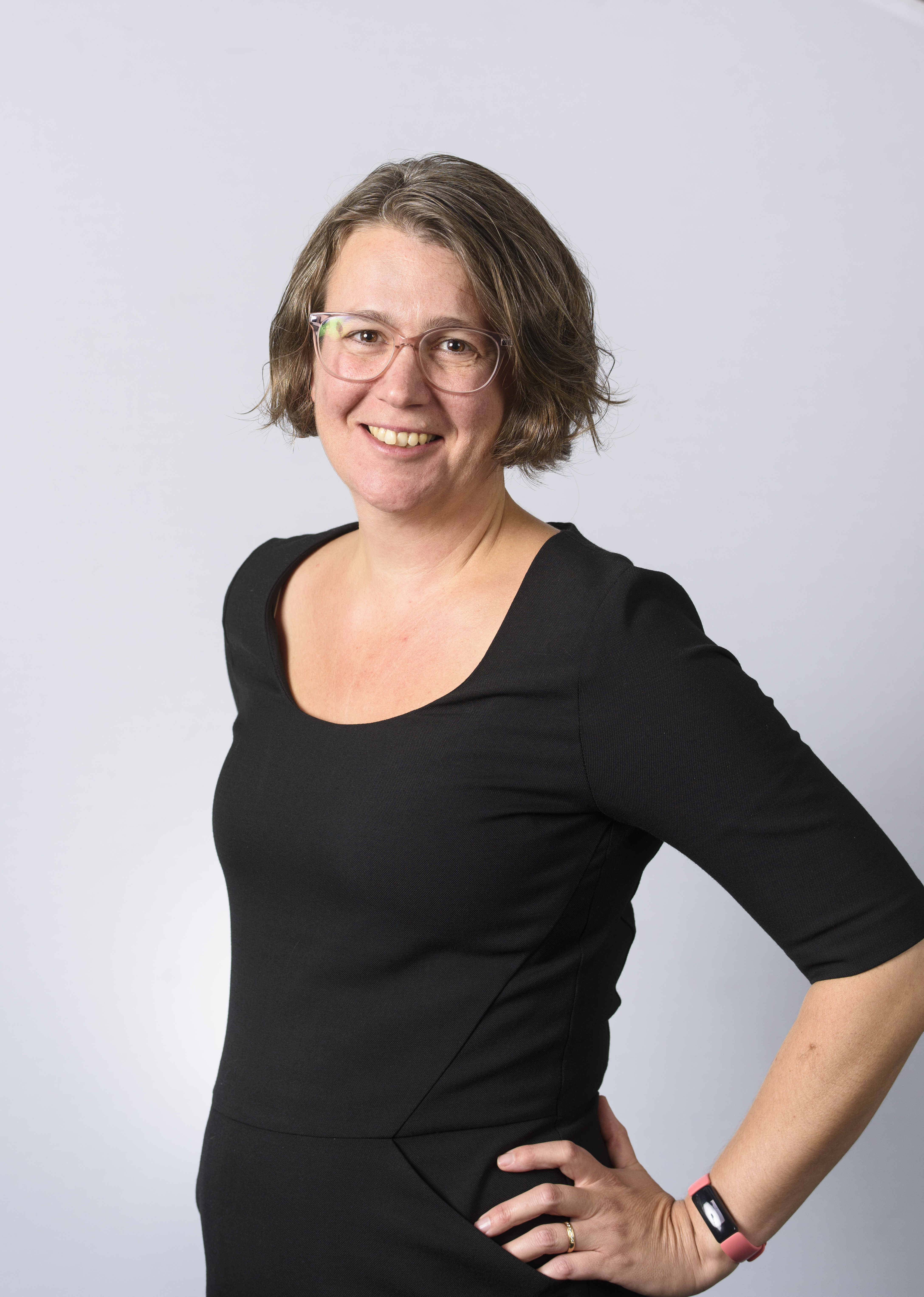...and therefore BASTA
Carcinogenic, persistent, highly fluorinated - properties you wouldn't want in your living room. BASTA is working to phase out substances with hazardous properties from building materials and to make it easy to register and find products digitally. BASTA was also IVL's first subsidiary, with Chairman of the Board Jeanette Green involved from the start.

BASTA started as a research project in which both the Swedish Construction Federation and IVL Swedish Environmental Research Institute participated in the early 2000s. The aim was to coordinate requirements for chemicals in building materials and to agree on which properties were considered undesirable. This resulted in a number of criteria that today form the basis of the BASTA system.
The BASTA criteria set the rules for the rating a product receives: BASTA, BETA or DECLARED. For electronic products there is also the product category ELECTRONICS. To achieve a certain rating, a product must not contain chemicals with certain properties above certain levels: for example, the requirement for PFAS was recently updated to 0.1% for the BASTA rating. Legislation on chemical content (REACH) only requires disclosure - BASTA goes a step further by requiring both disclosure and phase-out or risk reduction depending on the rating level.
That said, Jeanette says, a lower rating is not necessarily a high risk. For example, some paints are rated BETA because they contain substances with allergenic properties. This would be a problem for some people if the paint is used indoors, but if the paint is only used outdoors and in an environmentally safe way, the risk is not as high.
What about the name? It comes from “...and thus BASTA for substances of concern”. We're not there yet, but today there are over 190,000 registered products in the BASTA system. Each product displays its rating, as well as information on any environmental information taken from eBVDs and EPDs. The article pages also show how the product compares to other requirements on the market, such as Miljöbyggnad, BREEAM, the EU taxonomy, the Swedish Transport Administration and PRIO. This is the way Jeanette sees BASTA going - as an open information bank with all the environmental information that can be needed about a product.
- It should be as simple as possible. We see that many people use BASTA to gather all the information and that's what we want to be able to offer comprehensive information about the environmental properties of a product and how it compares to various requirements on the market.
Developing the criteria for electronics is also on the agenda for the future. The challenge here is that an electronic component can contain an incredible number of small parts from different manufacturers, which generates long and numerous supply chains. This makes it difficult to assess the content and again the industry needs to work together to find a way that is credible and everyone can stand behind.
Finally, BASTA is working more closely with other IVL subsidiaries and a not impossible future is for one supplier to offer recycled (CCBuild) and declared (eBVD) building materials (CCBuild) that are restricted for chemicals with hazardous properties (BASTA) and with an environmental product declaration (EPD International). Used in a building climate-calculated in BM and with furniture certified in Möbelfakta - of course.
